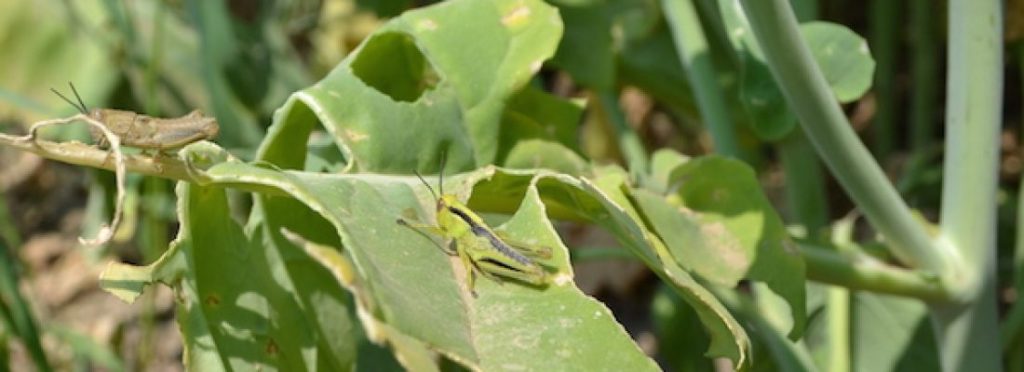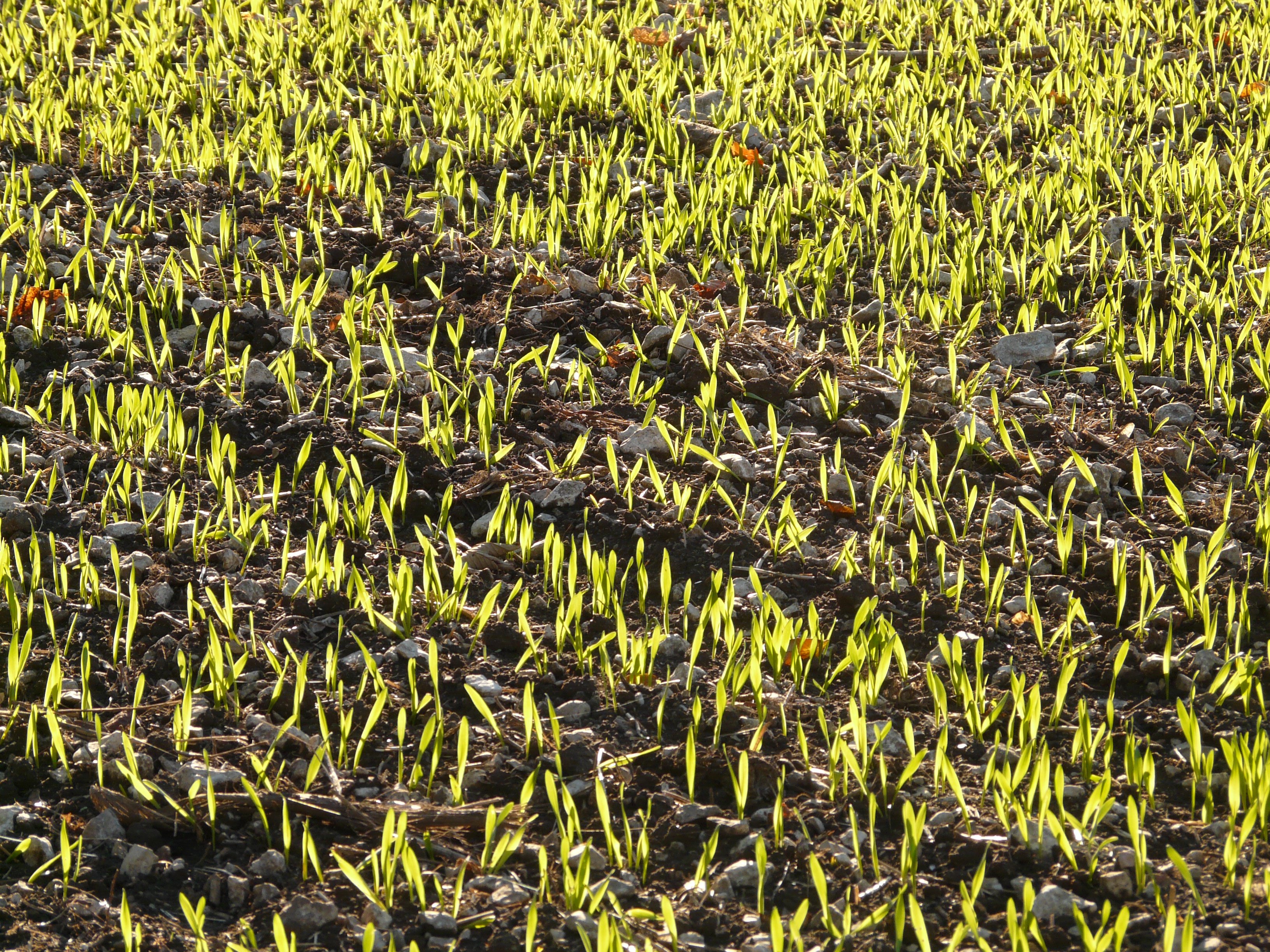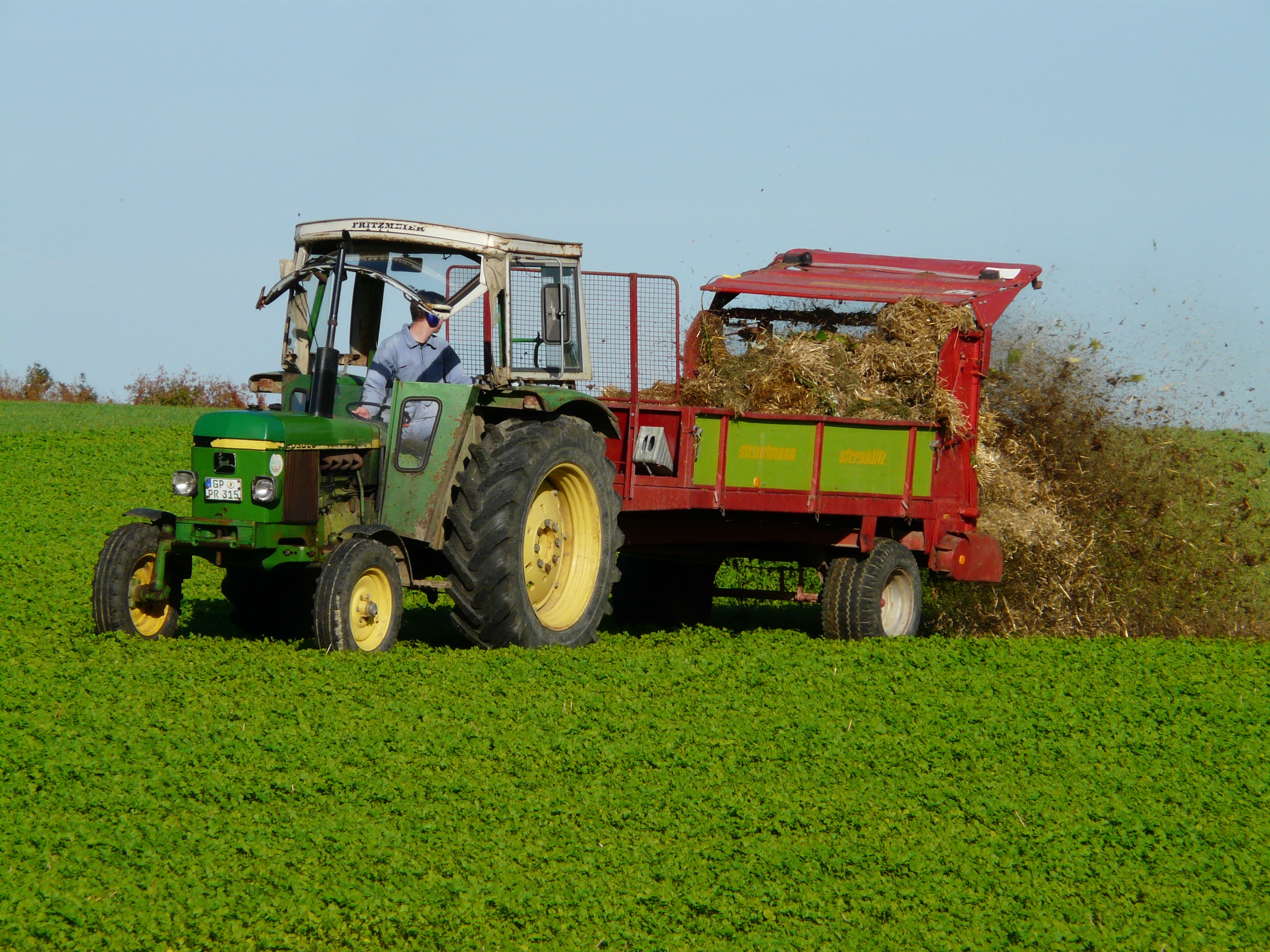Does Eco-Friendly Disease Control work?

If you are a gardener, farmer, or homeowner, you probably know how frustrating it can be to deal with pests and diseases that attack your plants and crops. You may have tried using various pesticides and fungicides to get rid of them, but you may have also wondered about the negative effects of these chemicals on your health, the environment, and the food chain. Is there a better way to control pests and diseases without harming yourself and the planet? The answer is yes: eco-friendly disease control.
What is Eco-Friendly Disease Control?
Using natural or biological agents to prevent or reduce the damage caused by pests and diseases in plants and crops is called eco-friendly disease control. These agents, such as microorganisms, insects, plants, or other natural substances, can suppress, repel, or kill harmful organisms without harming the beneficial ones. Eco-friendly disease control can also be known as biological control, biocontrol, or bioprotection. 1
Why Choose Eco-Friendly Disease Control Over Chemical Methods?
Compared to conventional chemical methods, eco-friendly disease control has many benefits. They are safer for humans, animals, and the environment, as it does not leave toxic residues or cause pollution. Also,it is more sustainable and cost-effective, as it does not require frequent applications or expensive equipment. Furthermore,they are more compatible with organic farming and integrated pest management (IPM) practices, as it does not interfere with the natural balance of the ecosystem. They are also more adaptive and resilient, as it can cope with changing conditions and reduce the risk of resistance development.2
How Does Eco-Friendly Disease Control Work?
Different strategies and mechanisms are used by eco-friendly disease control to achieve its goals.Some of these are:
• Competition: This involves using beneficial microorganisms that can outcompete or inhibit the growth of harmful microorganisms in the soil or on the plant surface. For example, some bacteria and fungi can produce antibiotics, enzymes, or siderophores that can suppress the pathogens. 3
• Predation: This involves using beneficial insects that can feed on or kill the harmful insects that damage the plants or crops. For example, ladybugs can eat aphids, lacewings can eat whiteflies, and parasitic wasps can lay eggs inside caterpillars 4
• Induced resistance: This involves using natural substances that can trigger the plant’s own defense system against pests and diseases. For example, some plant extracts, hormones, or elicitors can induce the production of phytoalexins, pathogenesis-related proteins (PRs), or other compounds that can enhance the plant’s immunity 5
• Antifeedant: This involves using natural substances that can deter or reduce the feeding behavior of harmful insects on the plants or crops. For example, some plant oils, extracts, or compounds can affect the taste, smell, or digestion of the insects 6
Examples of Eco-Friendly Disease Control in Action
Various insects and diseases that affect different plants and crops can be controlled effectively by eco-friendly disease control. For example:
• Biocontrol strategies: an eco-smart tool for integrated pest and diseases management: This is a special issue of BMC Microbiology that focuses on biocontrol approaches that can suppress the biotic stresses, alter plant defense mechanisms, and offer new eco-smart ways for controlling plant pathogens and insect pests under sustainable agriculture.7
• Host Plant Resistance: An Eco-Friendly Approach for Crop Disease Management: This is a book chapter that discusses how host plant resistance can be an eco-friendly approach for crop disease management. It covers the types, mechanisms, sources, evaluation methods, and breeding strategies of host plant resistance.
Eco-Friendly Pest Control from Custom Ag Intel: BioPowerD.
BioPowerD bioinsecticide contains a consortium of beneficial microbes reported to be effective at reducing insect counts of mosquitoes, grasshoppers and black flies. To learn more, click here.
Conclusion: The Benefits of Eco-Friendly Disease Control
Eco-friendly disease control is a better option than conventional chemical methods for humans and nature. It allows us to grow plants and crops that are healthy and productive without harming our health and environment. Moreover, it helps us protect our biodiversity and resources for future generations. You can see that eco-friendly disease control is possible and preferable.
How to Try Out Our BioPowerD Bioinsecticide
If you want to learn more about eco-friendly disease control or try out our BioPowerD yourself, you can call us on 1-855-476-4276 or email us at Info@customagintel.com.

Have you ever wondered what the best timing to foliar apply nutrients to your crop is? Growers know that there are many interconnecting factors that affects crop management and building bushels. Knowing when to apply the right crop nutrient, in this case, micronutrient foliar application, is an important dynamic in the process of building bushel.
Here we look at some of the conditions that promote effective foliar fertilizer application and utilization.
Foliar application can act as a supplement only (not a replacement) to soil fertilizer application. However, under some conditions, foliar applications can actually be more beneficial/effective. Here are some of these conditions;
- High Soil pH (too acidic or too alkaline)
- Temperature stress
- High Soil moisture (too high or too low)
- High Pests/insect pressure
- High variability in soil nutrient throughout the growing field
- Root/soil borne disease pressure
In all of these conditions, the prevailing condition significantly slows down nutrient uptake by the plant. Adding more nutrients to the soil in this case will not be as effective and only result in costly waste and potential environmental damage. Foliar application can help mitigate/solve these problems, strengthen the plant and enable it to thrive under the stress conditions outlined above. In most cases, foliar application can be beneficial because the nutrient uptake by the plant will be faster and enable the plant to recover quicker than through soil application.
Furthermore, in some growth phases of crop cycle, foliar application may be more effective. This depends on the crop type and soil conditions. This is the main reason why testing and custom fertilizer combinations are proving to be more effective in recent years.
There are a number of factors that determine the effectiveness of foliar application. Some of those factors include the solubility of the nutrients, pH of the fertilizer, time of day, the EC of the foliar fertilizer and droplet size and retention. For example, the nutrients have to be soluble in order for the plant to absorb them. Also, the time of the day affects how the crops absorbs the nutrients. Foliar spraying close to when the crop stomata will be opened will be more valuable. Soil pH plays an important role in micronutrient absorption from the root. High or low soil pH ties up most of the soil nutrients. As a result of these outlined factors, it is safe to say that different crops and different soils need different nutrient prescriptions at different timing. This is yet another reason why foliar nutrient application should be considered via a customisation process that takes into consideration the type of crop, the nutrient needs of the plant, environmental conditions and soil/tissue analysis results. If these factors are not planned into your foliar formulation, it can cause negative effects on the crops yield. For example, too high nutrient concentrations along with the wrong timing of application can be detrimental to the crops.
If you are concerned that you are not applying the correct type and concentration of foliar crop health therapy formulations at the right timing, then talk to one of our expert crop health advisers and they will be able to help.
Hopefully you found this post helpful. If you want to know more about your crop nutrient needs, contact us – we’d love to chat!
If you liked this post, please share it.

We’ve written about ways to improve yields in other blog posts and we will add to that information here. This topic is important to you and that’s why it is important to us.
As with animals, some environmental factors cause a stress response in plants. However, unlike humans and animals, plants are not mobile, they are tied to one location and are not able to “leave” and avoid the environmental stress.
As a result, plants have developed different mechanisms to help them cope with environmental stresses. One of those mechanisms is the ability to “identify” the conditions of the environment around them. For example, when a plant faces drought conditions, cellular membranes are equipped with proteins (called CAR proteins) that identify the drought and signal to the rest of the plant.
The plant response is to close the holes in the leaves and retain water, however when water is plentiful, the proteins signal to the plant to keep the holes open and promote regular function. In a previous post we also mentioned the role of plant hormones; Auxins, Gibberellins, Cytokinins, and Abscisic acid in plant growth and function.
Understanding the physiological interactions of plant hormones as well as the effect that stress has on plants allows scientists to develop better testing systems and of course, improved treatment methods. This is yet another reason that custom fertilizer and the use of our protocol systems can be beneficial for growers.
Using tested technology, crop health experts are able to determine the type and level of stress the plant is under and develop a treatment regimen that will help the plant get back to normal operations.
If you want to know more about how science and technological advancement can help enhance crop yields, contact us – we’d love to chat! If you liked this post, please share it.